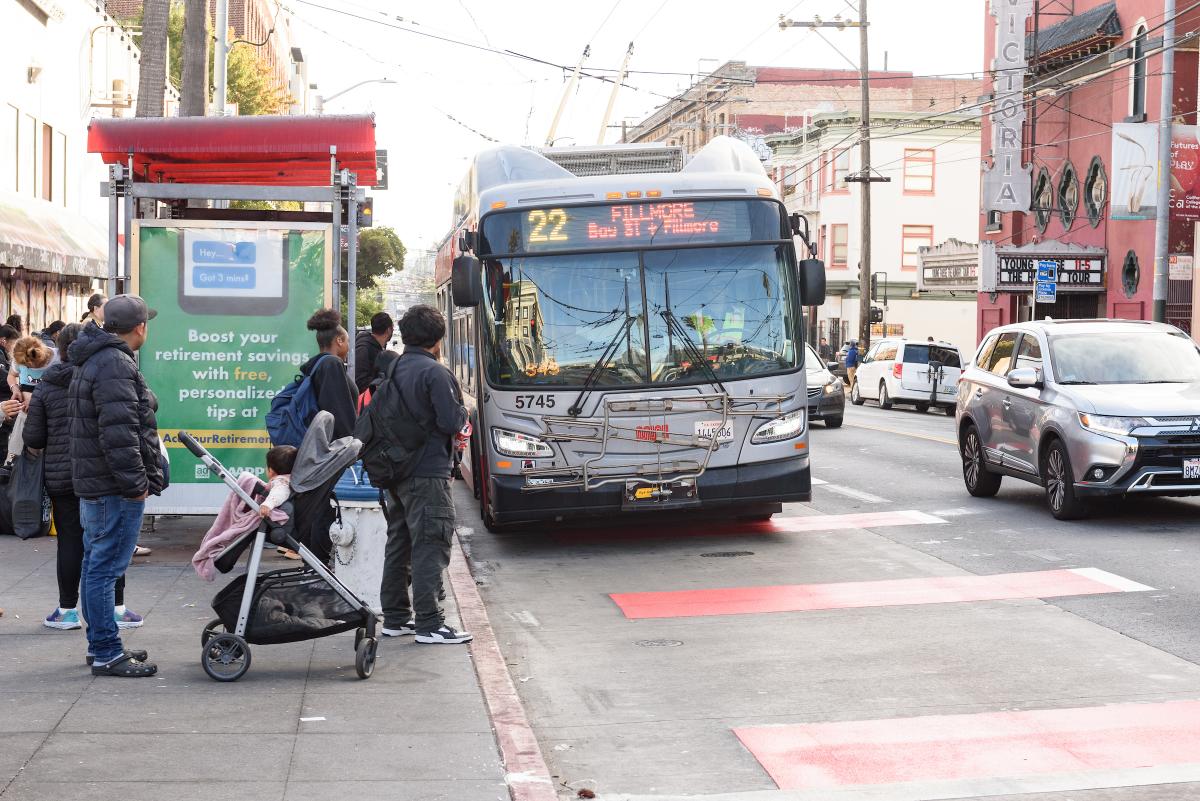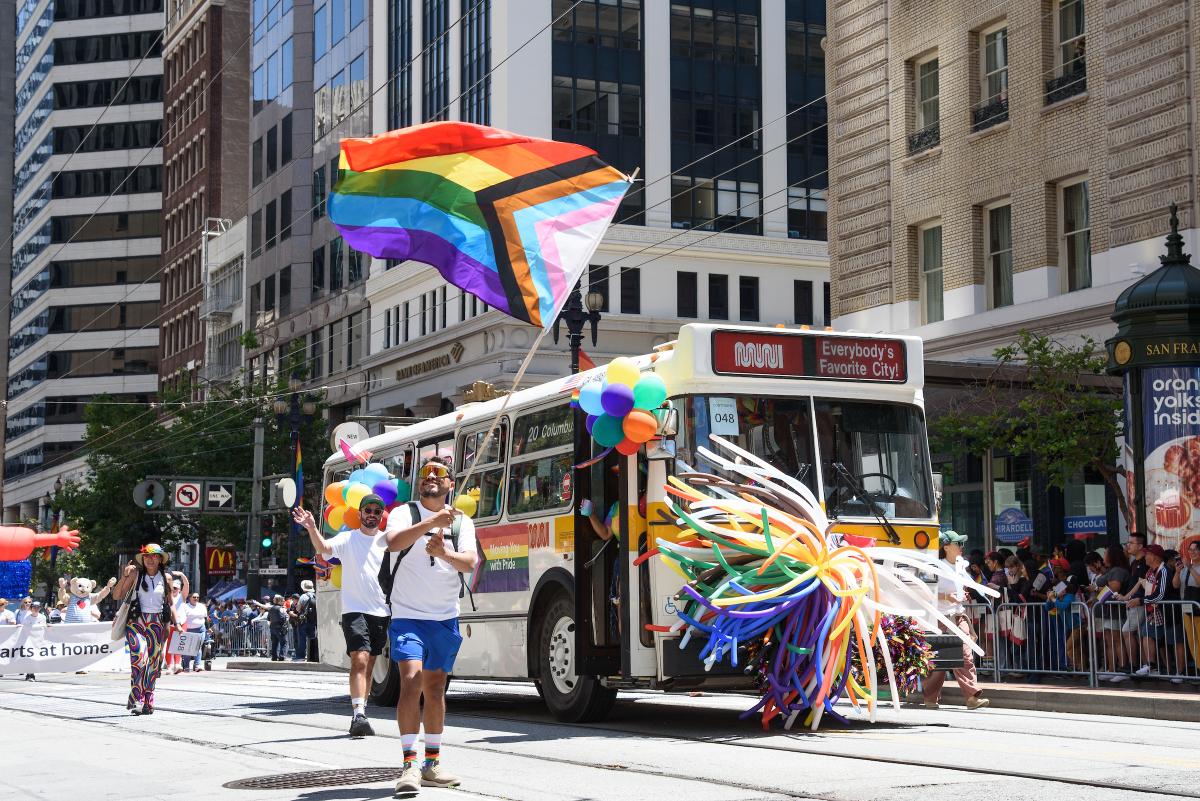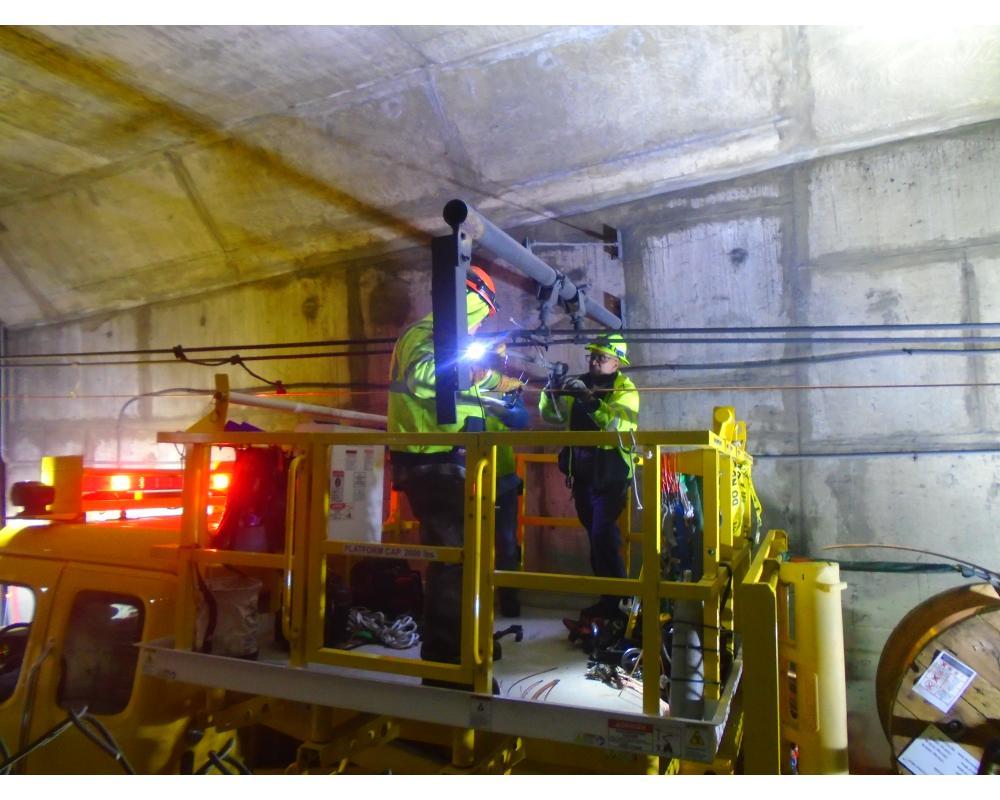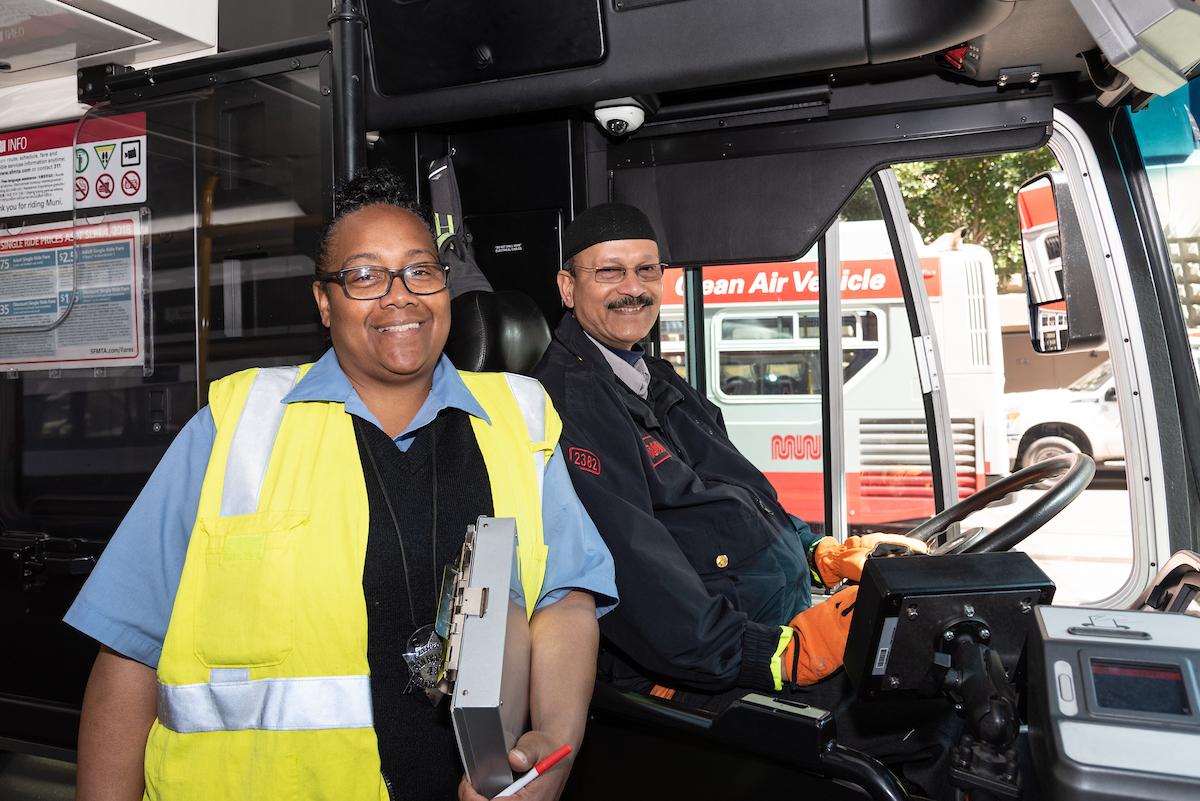
You're helping us drive Muni’s strong recovery. Several routes now see more riders than they did pre-pandemic. In May, the 22 Fillmore saw 127% ridership recovery.
Our teams have been working hard behind the scenes to make our transit system fast, frequent and reliable. We’re thrilled to see the results: more and more people choosing Muni.
May marked our highest ridership recovery month since the pandemic began.
And the data shows even more milestones – a comeback you drove just as much as we did.
- Weekend ridership reached 97% of 2019 levels – our highest weekend numbers since the pandemic began
- Muni saw an average of 521,000 weekday trips – up 21,000 trips from May 2024
- Overall ridership reached 79% of pre-pandemic levels
- Muni delivered 14.4 million boardings for the month across the system
Learn where people are taking Muni, how we’re supporting their trips and why growing our ridership together is so critical right now.

From massive concerts to SF Pride, you can count on us when you head to major events.
Weekend ridership sees boost as our teams support major events
May’s numbers show that people are using Muni more and more to get to recreational activities on the weekends.
Ridership on Saturdays and Sundays increased notably as people took Muni to:
- Concerts
- Sporting events
- Night markets
- Parks
- Museums
Warm weather and popular events like Bay to Breakers helped to bring people outside. Large crowds from this quintessentially San Francisco event drove one of the busiest Sundays of the month.
Behind the scenes, our transit teams work to increase service for major events like the Bay to Breakers. This way, locals and visitors alike can enjoy reliable rides to and from events. Our parking control officers also help keep conditions safe by directing vehicle traffic around where streets are closed.
With summer events in full swing, you can count on us to keep planning ahead so that your Muni trips are an easy choice.

Fix-It Week is one of many ways we work to improve your trips. Crews replaced more than 5,000 feet of the overhead contact system that powers Muni trains in May’s Fix-It Week.
Weekday trips on the rise as Muni reliability continues to improve
Even with many residents working hybrid schedules, Muni continues to serve a strong base of weekday riders.
In May, Muni saw an average of 521,000 weekday trips – up 21,000 trips from the same time last year. We’re glad to see this number keep climbing as we work to improve your trips to downtown jobs and neighborhoods across the city.
One major effort involves headway management. This means timing our buses so they arrive at intervals riders can rely on. The goal: prevent buses from bunching up at stops and then seeing major gaps until the next one arrives. In May, data shows we improved our headway adherence. More buses arrived at consistent intervals.
Programs like Fix-It Week are another way we make Muni more reliable. This preventative maintenance work is paying off. In May, the Market Street Subway experienced fewer delay events, a reflection of targeted infrastructure upgrades and operational adjustments.
Since May 2019 in the Market Street Subway:
- Moderate delays are down 49%
- Long delays are down 69%
Now, a dozen Muni routes have fully recovered or are exceeding pre-pandemic ridership levels. For ridership recovery by route and other data, you can check out our Muni Data webpage.

Our operators and inspectors work together to help our system run smoothly for riders.
Working together to get through a major budget deficit
Despite these successes, Muni is facing a deficit of more than $320 million starting in July 2026. All the funding sources we relied on in the past are down since the pandemic.
Thanks to agency cost saving and efficiency measures, this deficit is $100 million less than it otherwise could have been.
But without new funding, Muni will be forced to cut about a third of service, which would be devastating to San Francisco’s future.
To protect the transportation services San Francisco depends on, our agency is working closely with elected officials, labor partners and community members to secure new long-term funding at the regional, state and local levels.
As we work to find long-term solutions, we will continue to make progress every day to offer you the best service we can.
With summer underway, we are preparing for a busy season of events, outdoor festivals and national and international visitors. Follow our blog to find out how Muni can take you to free concerts, skill-building workshops and more – downtown and across the city.